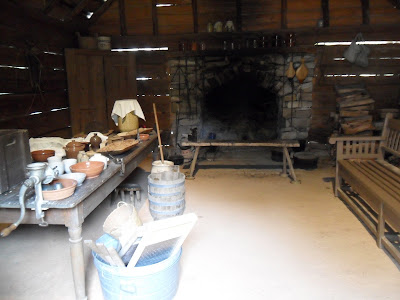In my eighth activity, I decided to cook the famous filipino dish "Pancit". This dish is never absent whenever you go to a filipino birthday or new year's party. I remember growing up that my mom and sisters will always cook this particular dish in birthdays, christmas, and new years. The long stringy appearance of the noodles is suppose to signify " long life?" that is why it is always present in birthdays because you want to wish the celebrant happy and prosperous long life.
Filipino people prepared this dish in many different ways. The main ingredient of this dish is the noodle, of course. Some choose fresh noodles and some dried. Some also make them with yellow dried noodles mixed with rice noodles. The meat is basically the cook's choice. My family and I don't eat pork nor shrimp (which is the mostly the meat of choice for most filipino who consumed those type of meat) so we always substituted this with chicken or beef. The basic mixed vegetables are green beans, carrots, celery, and green peas but I love broccoli so much that my pansit will never be complete without it. The seasonings will depend on the cook's taste. Soy Sauce is one of the major part of it.I choose La Choy soy sause in all my cookings but pancit has a very mild flavor, so be sure not to go crazy with the soy sauce. This can also be a vegetarian dish by substituting any meat with tofu and place cut boiled eggs on top the finish product.
The first thing you do is stir fry the chicken and the vegetables. The noodles goes last since it don't take time to cooke them.
Below is the recipe.... As I mentioned above, you can change the meat or add or omit any vegetables you like. In this recipe, it called for cabbage. I substituted cabbage for brococcoli floweretes. It also called for oyster sauce which I don't use because I don't eat oyster so no oyster sauce added. Shrimp is also omitted.
Pancit recipe
1 package (16 ounces) Bihon rice noodles
1 package egg noodles (the yellow kind)
2 tbs vegetable oil
3 medium carrots, sliced thinly into 1-inch matchsticks
1/2 medium cabbage, sliced (substituted with broccoli)
2-3 celery stalks, sliced
2 cups pea pods, sliced diagonal
1 medium onion, sliced
3 cloves of garlic, minced
1 can chicken broth
1 1/2 cups water
1/4 cup soy sauce
1/4 cup oyster sauce (optional, can be substituted with 1/4 cup soy sauce)
1 chicken breast, sliced small
1/2 lb shrimp, peeled and deveined with tails off
lemon wedges or lemon pepper (these are definitely not optional)
| This is the stir fried chicken and vegetables |
In a large pot or wok, brown garlic and onions. Add the chicken (marinated with soysauce and lemon juice ahead of time). Stir fry until chicken is done. Add the vegetables except the broccoli flowerettes. Stir and cook for 5 minutes. Add the celery and cook 3-5 minutes. Season with lemon pepper and a generous squeeze of lemon. Transfer mixture to a separate container.
Soak the noodles in water for about 5 minutes, or until soft. In a large pot, boil chicken broth, water and soy sauce. Add the rice noodles and lower the heat. Stir to keep the noodles from sticking. When the noodles are done, stir in the vegetable mixture.
Serve with lemon wedges, if desired.
Bon Appétit!











































